It was Thursday, February 24th, 2022. From the morning, I had been mediating a dispute between a grandfather and two of his granddaughters. Then, during the break, I switched on my phone and read the news. Very shocking news. As a person that has spent all his professional life bringing peace and understanding to the places where there was a lack of it, I was horrified. A much stronger and bigger country invaded its neighbour. I had the feeling that my world was falling apart. A world very much determined by consensual dispute resolution. This is the 21st century? Tanks crossing borders of a peaceful democracy, rockets aiming at innocent civilians and bombs killing women, children and the elderly, new-born children and delivering mums being recovered from the ruins…
The Inevitability of Peace Negotiation
Almost a month later, this terrifying situation has significantly evolved. While the general public expected a quick fall of Ukraine and a swift victory of the world’s biggest country, the two armies ended up in a clinch. The invader scored some minor successes, yet apparently failed to reach the scheduled steps. None of the big Ukraine cities was taken as this blog is posted. Despite the official Kremlin propaganda, this is not how the precise modern military operation should look like. In fact, the most commonly mentioned words are blunder, fiasco and failure. The war in Ukraine moved to a deadlock. A deadlock that is claiming the lives of innocent civilians every day.
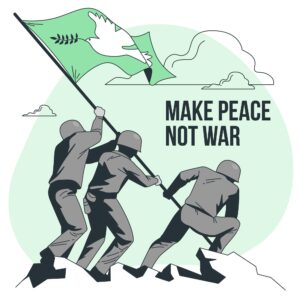
I am deeply persuaded that negotiation is always the same activity despite the stakes varying in different cases. No matter whether you are negotiating a business deal, family dispute or a ceasefire, it is a communication between two or more parties trying to persuade each other. In this logic, the same principles and rules applying to “usual” negotiation apply to the peace-talk too. One cannot, of course, ignore the context and the consequences that will differ. In other words, if you fail in business negotiation, you will end up in court or lose a deal. Not a big case. When peace and war are the options, the life and safety of hundreds and thousands of civilians are at stake.
As someone professionally interested in negotiation, I am thoroughly and carefully following every reference that appears in media trying to understand the parties’ positions and interests and to predict whether the negotiation is moving on or rather jamming. Following are some ideas that are crossing my mind when following the negotiation reports between the Ukrainian and Russian delegations.
Separate Information and Influence
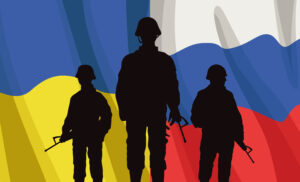
Starting with the proclamation of respective parties: It is obvious that whatever they want to share with the media is duly censored in advance. Thus, we cannot safely say what piece of information has been shared with us as a true leakage and which one was intentionally spread in order to influence the other party. As in any other negotiation, bargaining is not happening only at the table, but also outside the room.
Yet it is here where we can profit from one of the important negotiation doctrine rules: Separate the Information and the Influence. In negotiation, every message shared is a combination of both an information element and an influential element. As we can define the very process as communication with the aim of persuading the other party, it is clear that every message shared with another party (both within and outside the room) does contain the persuasion element – it is an encoded attempt to change the other party’s opinion and perception. Yet inseparably, by doing this, we are unintentionally sharing with the other party (and everyone watching) some pieces of information that can be encoded and provide the other side with an important piece of knowledge. In other words: Whatever is said, whatever is done and even whatever is not done offers us important material for interpretation.
Who Is at the Table?
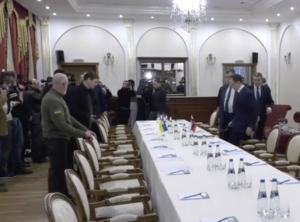
As the war went on and the hope for the swift victory of invaders failed away, we witnessed a further change in the paradigm. All of sudden, the level of representation levelled up on March 10, 2022. This time Foreign Ministers Sergey Lavrov and Dmytro Kuleba met for talks in Turkey with Turkish Foreign Minister Mevlüt Çavuşoğlu acting as a sort of facilitator. This was the first high-level contact between the two sides since the beginning of the war. The increased level of political representation, once again, does include some important information elements showing Russia is seriously considering the negotiation as a legitimate tool and sort of exit strategy. By negotiating with a member of the Ukrainian government, it has indirectly recognised the same government as legitime. Now compare this with the initial position.
The Turkish mediation was followed by the fourth round of negotiation that proved to yield some hopeful outcomes that might have materialised in significant progress. The recent media reports might have proved to support this optimistic scenario. It is only a couple of days ago when The Financial Times reported about a 15-points draft of the settlement.
This is only one of the indicators that the negotiation and consensual solution might be on its way. Yet there is other signs showing that consensual resolution might be emerging.
Revealing BATNA
Every skilful negotiator knows that her bargaining power is determined by BATNA (Best Alternative to Negotiated Agreement). As correctly pointed out by R. Fisher: „Power in negotiation depends on how well a party can do for itself if it walks away.“ This works no less in the international arena than in the business one. In the case at hand, both parties’ BATNA is extremely poor: The alternative is the prolonged war in the cities and towns of Ukraine. At the first sight, it might look it has more serious consequences for Ukraine. Yet when studying more thoroughly you will discover otherwise. It might be surprising, yet I consider the Russians’ BATNA as relatively poorer. Or better say the margin between the possible profit from the agreement and this party’s BATNA as larger.
The BATNA Margin will tell you, how much can one party gain in the negotiation. The bigger it is, the more it can lose when there is no deal.
Now have a look at what is currently discussed as a topic: Neutrality, safety guaranty, change of constitution and change of Ukrain government, recognition of border change related to Crimean peninsula and recognition of the independence of two separatist republics in the east. If all conditions as repeated by Russia are concluded, it would basically equal or significantly near the complete surrender. The alternative for the Ukraine government? The prolonged patriotic war, human and material losses, but also increasing support from the West world. As the suggested peace terms would leave Ukraine at the mercy of the invader, the terrible BATNA does not seem to be that discouraging. In other words, the BATNA margin is short.
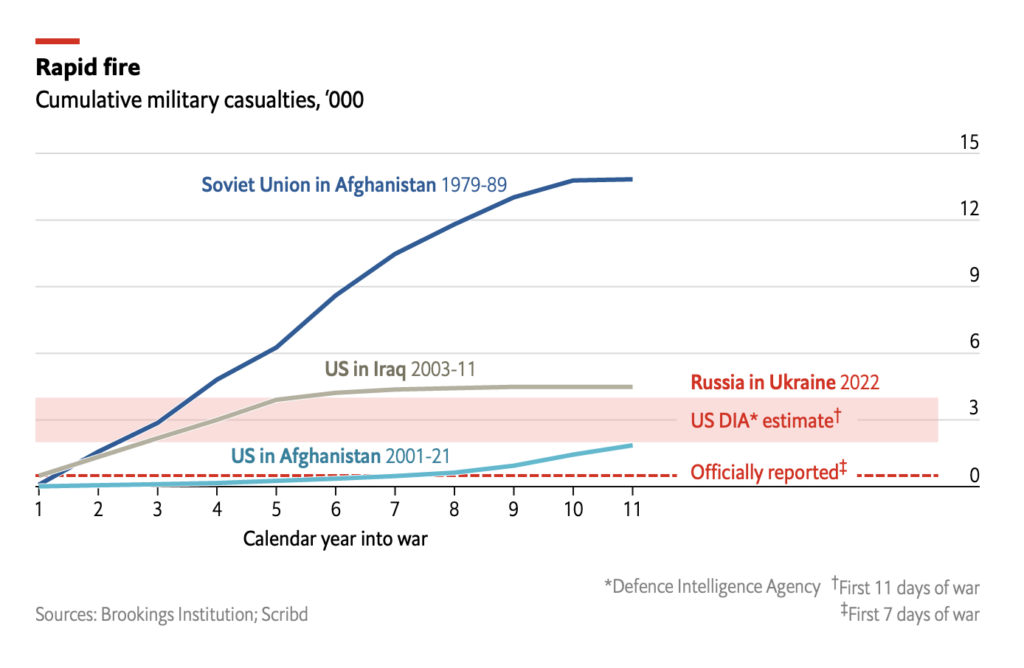
The other party’s BATNA is also represented by the prolonged war toppled by the western sanctions having a devastating impact on the Russian economy. Yet there is nothing patriotic about it despite the repeated claims of the official Kremlin channels. It will cost Russia millions of dollars and the lives of its soldiers.[1]See for instance here: The Economists, Russian soldiers appear to be dying in Ukraine at a remarkably high rate, available here.
Here, the „deja vu“ of the Soviet invasion of Afghanistan is emerging. In this regard, it is interesting to see that the Russian casualties so far exceed the tolls in other recent and comparable conflicts (including mentioned USSR invasion of Afghanistan, the US war in the same country or the US war in Iraq). Having mentioned the two last, the expected dead soldiers in Ukraine have already topped all casualties in Afghanistan and are close to the one in Iraq. And they are comparable to previous Russian „endeavour“ in Afghanistan after three years.
Cost and Benefit Circle
Furthermore, the negotiation situation of Russia deteriorated after the start of the invasion. This can be illustrated by the Cost and Benefit Circle[2]For the original which was elaborated by the author see Fisher, R. – Kupfer Schneider, A. – Borgwardt, E. – Ganson, B.: Coping with International Conflict: A Systematic Approach to … Continue reading where we can project the parties’ gains in negotiation and costs of their BATNA. By connecting those points one can analyse the benefits or costs related to possible agreement and BATNA. Furthermore, the outcome will tell us whether the parties are claiming or creating values in negotiation and it will enable us to easily compare their BATNA margin too. See below a blank Cost and Benefit Circle:
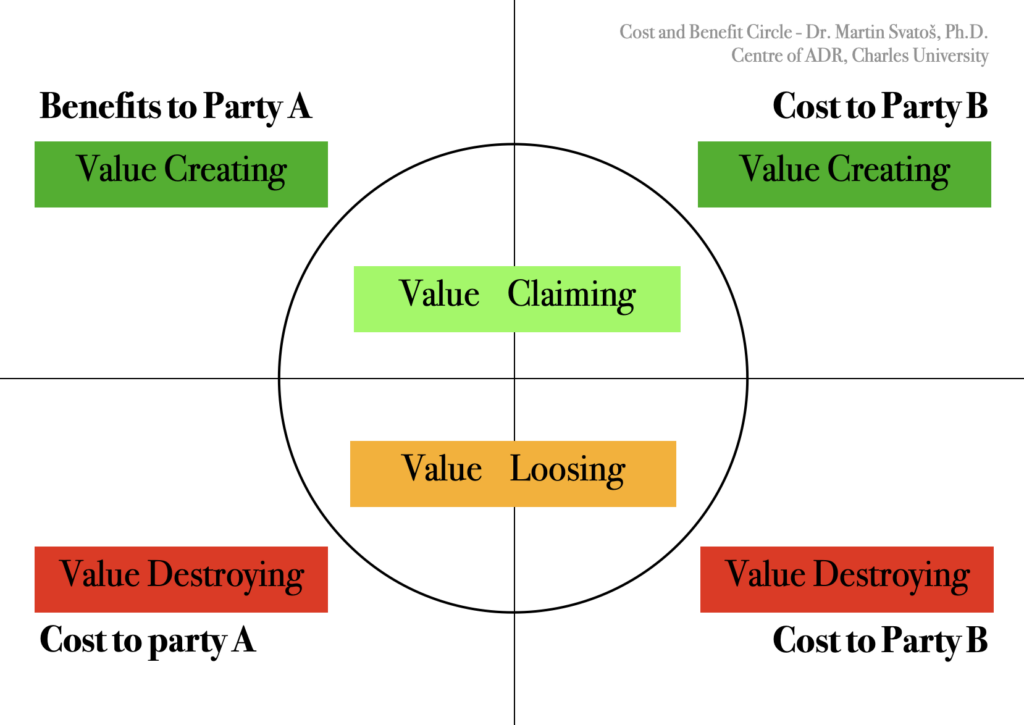
Now have a look at what happened, if we project first the situation prior to the war and then the actual one. Before this risky venture started turning into a fiasco for Putin’s government, the agreement was alternated by a war. By many, however, it was perceived as a threat of swift air strikes on important military instalments, a quick capture of Ukraine cities followed by an expected flight of the government to the Western part of the country. Thus, the BATNA for Russia as perceived by both parties looked quite good despite it would claim a certain amount of cost on the side of the Russian army.
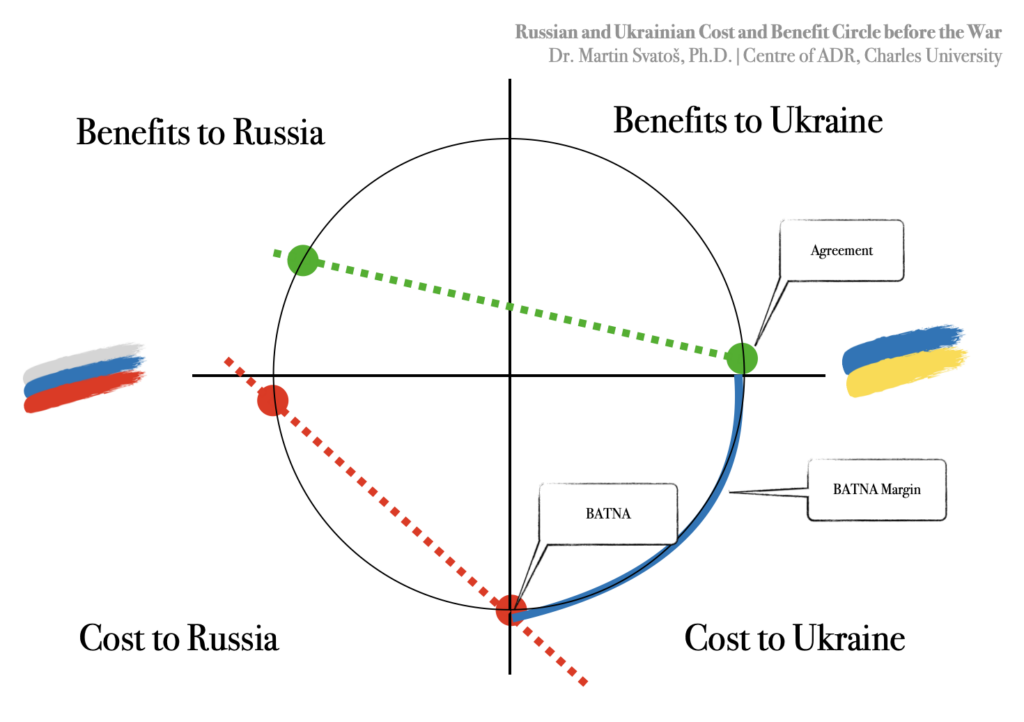
As the situation developed, we see this was not the case. The spell was broken and such a crushing dominance has not materialised. As illustrated above, the continuation of the war proved to be claiming cost on both sides. However, the pessimistic scenario has not occurred. Thus, the actual BATNA of Russia significantly descended and vice versa, the Ukrainian BATNA has improved. Should we look at the Cost and Benefit Circle now, we see the Russian BATNA margin growing larger despite the fact the discussed settlement remains the same.
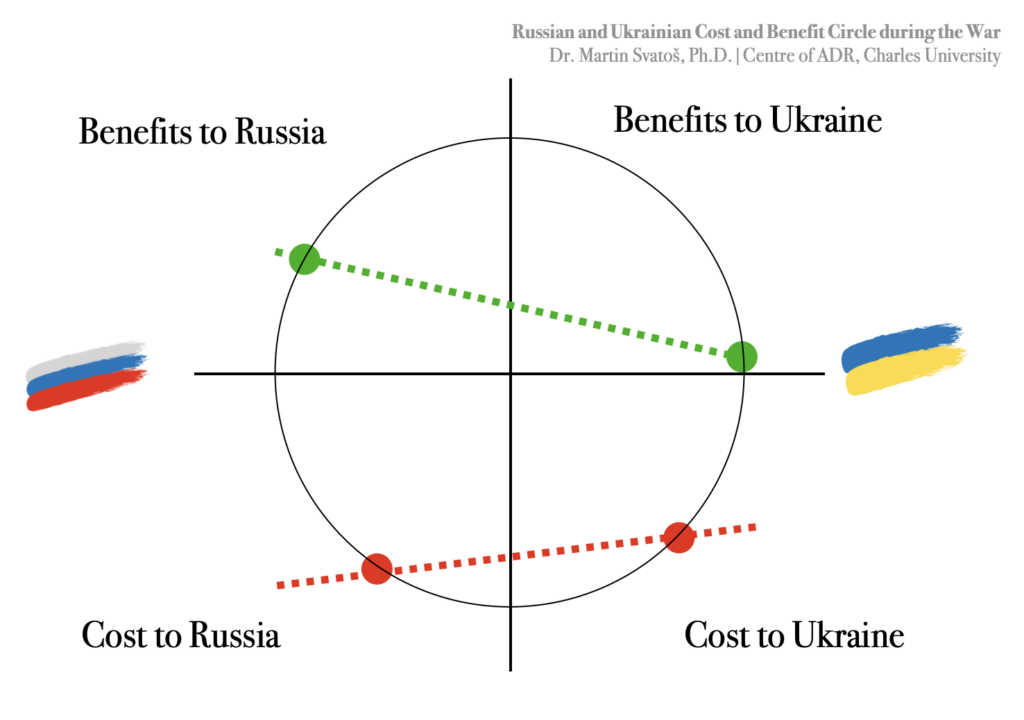
There is no need to add, the ceasefire and consequent peace agreement is in the best interest of thousands of innocent people. However, if this is not enough for decision-makers in Kremlin, it might be useful to show them that it is in the best interest of Russia too. And also in this optics, it says: The sooner the better.
________________________
To make sure you do not miss out on regular updates from the Kluwer Mediation Blog, please subscribe here.

References



Thank you Martin for this analysis.
Dear Natalia, Thank you for reading. I hope you found the post useful. M
Martin, Thank You for the wonderful writing!
We lawyers always draw lessons from war. Your writing, is a great scientific, learning for court battles.
Dear Geeta, thanks for your comment. I am happy you found the post useful. It helped me myself to look at the topic from the scientific point of view M